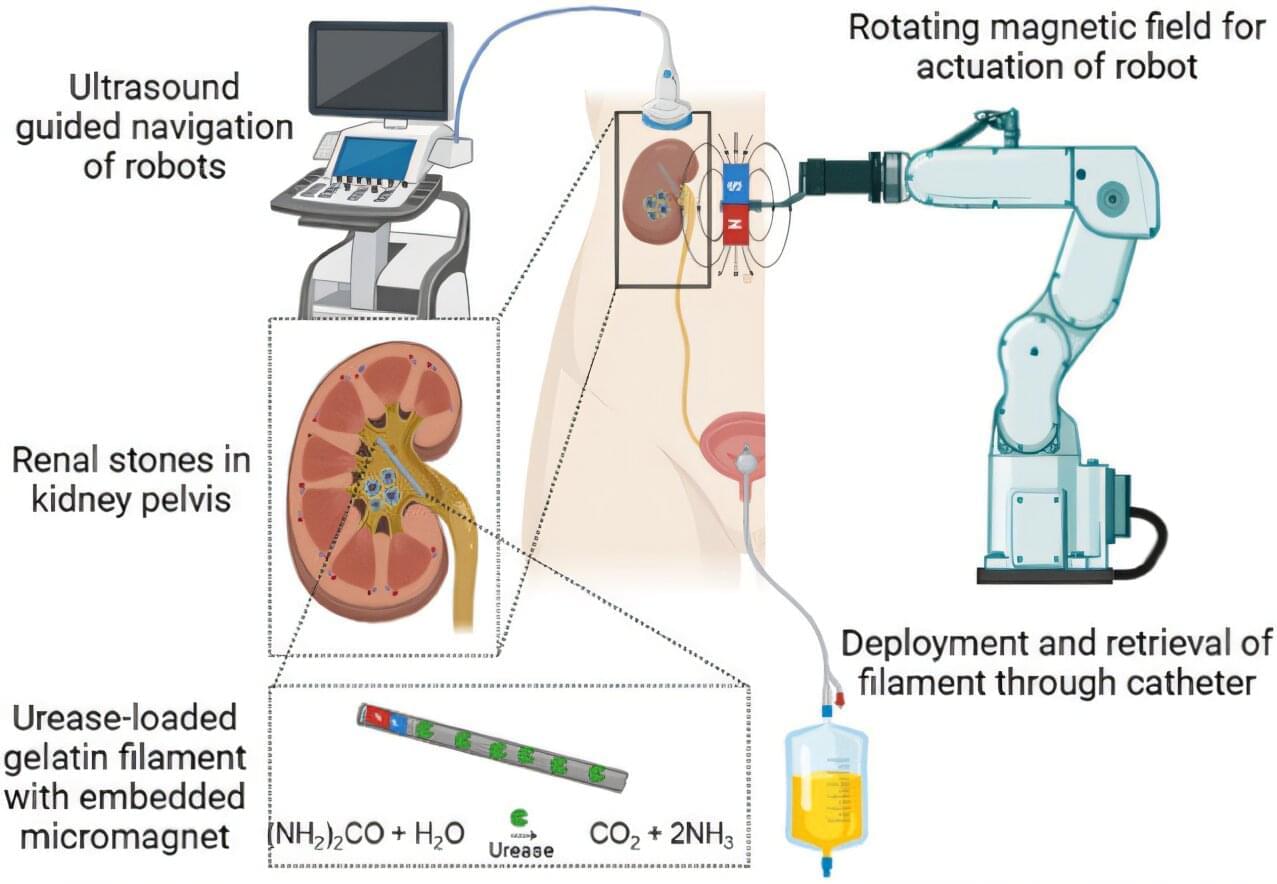Researchers found 35 Docker Hub images, including Debian builds, still carrying the XZ Utils backdoor a year later, highlighting supply chain risks.



The threat actor behind the activity, according to Trend Micro, exhibited tactics mirroring those of advanced persistent threat (APT) groups, such as DLL side-loading, process injection, and the ability to evade endpoint detection and response (EDR) software.
The DLL side-loading techniques resemble those previously documented as part of attacks orchestrated by a China-linked hacking group called Earth Baxia, which was flagged by the cybersecurity company as targeting government entities in Taiwan and the Asia-Pacific region to deliver a backdoor known as EAGLEDOOR following the exploitation of a now-patched security flaw affecting OSGeo GeoServer GeoTools.
“The attack chain leveraged a legitimate browser-related file, Edge.exe (originally named cookie_exporter.exe), to sideload a malicious msedge.dll (SWORDLDR), which subsequently deployed the Charon ransomware payload,” researchers Jacob Santos, Ted Lee, Ahmed Kamal, and Don Ovid Ladore said.

An ongoing data extortion campaign targeting Salesforce customers may soon turn its attention to financial services and technology service providers, as ShinyHunters and Scattered Spider appear to be working hand in hand, new findings show.
“This latest wave of ShinyHunters-attributed attacks reveals a dramatic shift in tactics, moving beyond the group’s previous credential theft and database exploitation,” ReliaQuest said in a report shared with The Hacker News.
These include the use of adoption of tactics that mirror those of Scattered Spider, such as highly-targeted vishing (aka voice phishing) and social engineering attacks, leveraging apps that masquerade as legitimate tools, employing Okta-themed phishing pages to trick victims into entering credentials during vishing, and VPN obfuscation for data exfiltration.

From Descartes to The Matrix, the idea that reality might be a simulation has long fascinated and terrified humanity. Elon Musk recently argued that the simulation hypothesis is most likely true. But if that’s the case, might there be a way to escape back to the real world? Join leading computer scientist Roman Yampolskiy as he argues that if we are living in a simulation, we can also hack our way out of it.

As enterprises develop AI agents to tackle complex, multistep tasks, models that can provide strong reasoning accuracy with efficient token generation enable intelligent, autonomous decision-making at scale.
NVIDIA Nemotron is a family of advanced open reasoning models that use leading models, NVIDIA-curated open datasets and advanced AI techniques to provide an accurate and efficient starting point for AI agents.



Healthy brain function relies on a steady supply of blood. Disruptions in blood flow are linked to major neurological conditions like stroke, Alzheimer’s disease (AD), and traumatic brain injuries. But understanding how the brain fine-tunes this flow—especially across its smallest blood vessels—remains a challenge.
The brain’s blood supply includes a vast network of vessels, ranging from large arteries to microscopic capillaries. Between these lie transitional zone (TZ) vessels—such as penetrating arterioles, precapillary arterioles, and capillary sphincters—that bridge the gap and may play a big role in regulating flow. But their exact contribution, particularly during increased brain activity, remains a subject of scientific debate.
To explore these dynamics, researchers from the College of Engineering and Computer Science at Florida Atlantic University and the FAU Sensing Institute (I-SENSE) developed a highly detailed computer model of the mouse brain’s vasculature, treating each vessel segment as a tiny, adjustable valve.

An international research team led by the University of Waterloo is developing technology to dissolve painful kidney stones in the urinary tract using tiny robots. The research is published in the journal Advanced Healthcare Materials.
The new technique, tested in a life-size, 3D-printed model, features thin, spaghetti-like strips fitted with magnets that can be moved into place near uric acid kidney stones with a robotic arm operated by doctors.
The soft, flexible robot strips are about a centimeter long and contain an enzyme called urease. Once in place, the urease reduces the acidity of the surrounding urine, thereby dissolving stones until they are small enough to pass naturally in just a few days.